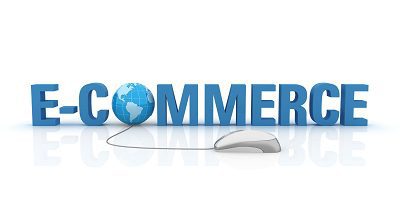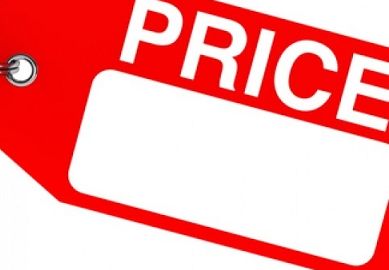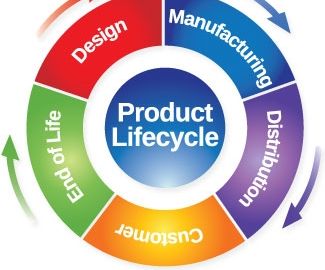Strong, mature B2B e-Commerce capabilities bring numerous benefits to organizations. These companies can maximize the potential of digital channels and add self-service capabilities; use merchandising features to frame their products and solutions in a better light; and create multiple selling sites dedicated to specific geographies, customer segments, product lines and channels.
But while the benefits of B2B e-Commerce maturity are clear, the road to achieving it is a long one. A June 2018 Forrester study, titled: What It Takes To Be A Leader In B2B eCommerce, reveals that no more than 50% of companies surveyed have any one of the following five best practices for B2B e-Commerce:
• Dedicated e-Commerce team or department;
• Dedicated e-Commerce leader;
• Dedicated technology team supporting commerce efforts;
• Cross-functional alignment/agreement on the company’s e-Commerce strategy; and
• Dedicated P&L for e-Commerce sales.
Among the 302 surveyed organizations in five countries (the U.S., UK, Germany, China and Australia), only 26% are “Masters,” with four or all five of these organizational best practices in place. The majority, 55%, are “Explorers,” with an average of two best practices in place. The least mature group, the “Novices,” (19%), have no dedicated e-Commerce operations and have not aligned their e-Commerce strategies with other parts of their organizations.
B2B E-Commerce Is Crucial To Achieving Key Business Goals
The lack of maturity in this area is somewhat surprising, given the importance these companies place on B2B e-Commerce to help them achieve key business goals:
• Increasing overall revenue: 49%
• Improving overall customer satisfaction: 49%
• Increasing sales productivity: 45%
• Improving customer retention: 43%; and
• Improving competitive positioning: 42%
Additionally, 54% of respondents cite their own web site as the top B2B channel to help the company achieve its overall priorities. A permanent physical location, such as retail or showrooms, came in second at 42%.
Earning A Masters In Merchandising
Companies that have reached the “Masters” level excel in a number of areas, but they see particular benefits in merchandising capabilities: 100% of Masters offer detailed product descriptions, compared to only 64% of Novices. Large numbers of Masters companies also offer:
• Photos, illustrations and videos: 94%;
• Ability to give ratings and reviews: 90%;
• Advanced site search with filtering and merchandising capabilities: 90%;
• Site personalization: 89%;
• Cross-sell and upsell: 88%;
• Inventory visibility: 88%;
• Buy online, pick up in branch location options: 82%;
• User-generated content: 80%; and
• Marketplaces on site to enable third parties to sell through the company’s site: 73%.
Technology Integration Remains Biggest Barrier To E-Commerce Success
What keeps companies from moving up from the Explorer to the Masters category? The top challenge in adopting B2B e-Commerce tools is integration with existing and legacy technologies, selected as “very” or “extremely challenging” by 52% of respondents. Other challenges include:
• Finding the right third-party partners: 47%;
• Finding an appropriate development/implementation partner: 45%;
• Developing decision criteria: 44%; and
• Calculating the cost and ROI of implementing and running each solution: 43%.
Three Steps To Bolstering B2B E-Commerce
The Forrester report, commissioned by Magento Commerce, offers three overall recommendations for companies seeking to enhance their B2B e-Commerce prowess:
• Build a dedicated and comprehensive team: “Teams should have responsibility for not just how their customers engage digitally, but how customer-facing teams, like sales and customer service, support customers’ journeys. Although team names might vary, businesses should be able to perform key activities like digital marketing, merchandising, commerce operations, technical product ownership, and training and enablement.”
• Ensure e-Commerce and sales organizations share common goals: “Change is difficult for organizations; sharing the same goals and incentives (e.g., sales reps being incentivized for self-service orders) goes a long way in garnering support for new strategies and initiatives.”
• Deploy technology solutions that can flex and adapt to your changing business: “Supporting the buyer’s changing needs and behaviors requires a flexible technology stack — modular architecture driven by APIs or with an extension framework for third-party applications to augment or replace core commerce functionality — that allows your organization to make changes quickly and easily, to stay in line with your customers’ expectations, and to maintain an edge over your competitors.”













